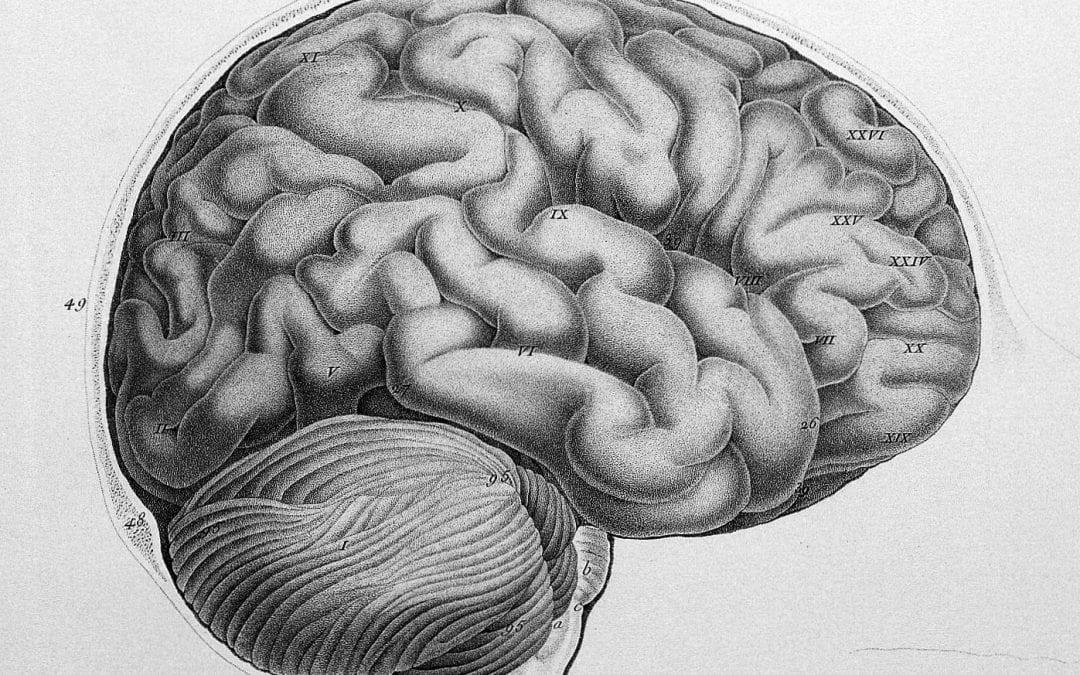We watch a ball as it falls into our glove. We hear a strange sound in another part of the house and listen intently. In neuroscience, the act of narrowing our senses in response to an environmental event is called “attention,” and it is understood that when we attend to a stimulus, we lose the ability to focus on other surrounding inputs.
“The explanation that the neuroscience community gives for this—the textbook answer—is that we have limited cognitive mechanisms,” said W. Martin Usrey, Professor of Neurobiology, Physiology and Behavior and Neurology at UC Davis, “and we have to distribute those to certain areas because there is an inherent limitation to what the cortex can do.”
But is the cortex itself inherently limited? And if so, why would this be? Assuming we evolve to better survive our environments, wouldn’t it be more useful, for example, for a mouse to be able to focus on both the owl in the sky and the rustling in the grass at the same time and with equal power?
These questions are at the heart of a perspective published on July 22 in Neuron by Usrey and University of Chicago Maurice Goldblatt Professor of Neurobiology, S. Murray Sherman.
“With the big cerebral cortex that we have, one question that’s always bothered Murray and me is why we can’t heighten our awareness of everything,” said Usrey. “The cortex has this incredible computational power. Why can’t all areas be heightened at once? Why diminish one region so that another area can be enhanced?”
Now, Sherman and Usrey argue that our inability to focus our attention on all stimuli at once is not due to a limitation in the cortex itself, but is a product of the physical constraints in which it must operate. In other words, Sherman and Usrey suggest that attention as we know it is a direct consequence of the way our brain’s structure has evolved.
The cortex and evolution
In all mammals, the brain is composed of numerous components that reflect its evolutionary heritage. The most recent component is the cerebral cortex, which is particularly large and well-developed in humans. Exceptionally intricate, the cortex contains tens of billions of interconnected neurons and underlies all our conscious perceptions and abstract thought. Importantly, the cortex functions by interacting and cooperating with the other, evolutionarily older components.
“It’s almost like you can see the history, like geologists see when they look at layers of sediment,” described Sherman. “In the brain, most of the old circuits are still there and functioning—you add things on, but you don’t throw away the old stuff.”
In other words, as the cortex emerged, the older structures of our brain did not fall away. Instead, they remained, and the cortex evolved to work with them.
“The cortex, which is the pinnacle of our evolution as far as the brain is concerned, doesn’t generally have direct access to our motor neurons to control behavior,” said Sherman. “It has to go through all these old circuits. And in doing that, it has to play nice with all the old circuits that are trying to control behavior at the same time.”
To affect behavior, the cortex must send signals through the older subcortical regions. This represents a bottleneck in the flow of signals originating in the cortex, and these subcortical structures could not function properly if all cortical area simultaneously tried to control them.
“If all cortical areas tried to take control of these subcortical structures without anything to judge what’s best, you’d have utter chaos,” said Sherman.
Not only are there physical constraints to funneling large amounts of information through smaller regions, but without any prioritization of signals, we might receive contradictory information.
“Imagine if your visual cortical areas tell you to go left and the auditory areas tell you to go right,” explained Sherman.
What we call attention, then, Sherman and Usrey suggest, is the prioritization the brain must employ to permit only appropriate cortical areas to dominate subcortical routes to behavior. And this prioritization is required due to the very process of evolution that produced the cortex.
“It’s the filtering,” said Sherman, “to determine which cortical areas or subcortical areas at any given time are going to take control of behavior, which we now think we recognize as attention.”
New ways of thinking
If attention as we know it is a product of our brain’s structural evolution, as Sherman and Usrey argue, why did it evolve this way? Why didn’t we evolve to be able to focus on all environmental stimuli at once?
“An engineer building something as complex as the brain might go through a number of different stages, said Sherman, “and when a better way of doing something is developed, the old way might be thrown out. But evolution doesn’t work that way.”
As Sherman and Usrey say in their article, “evolution is messy.” It doesn’t scrap the whole thing and start fresh when things get complicated. Instead, we change by building upon and adapting what already exists. Although we are always evolving to become better suited for our environments, that evolution is constrained by our current structure and functionality.
In the case of the brain, subcortical structures had already developed circuits for complex motor control. When the cortex subsequently evolved, instead of reproducing all the needed neural circuitry, it took advantage of what was already there.
Attention is traditionally seen as a purely cortical mechanism, which is why the “textbook answer” for why we must limit our focus has been that our cortex must have a limited supply of resources to devote. But Sherman and Usrey argue that, because of the context in which it evolved, the cortex does not function on its own.
“We hope to change the way people think about cortical functioning, writ large,” said Sherman. “If you want to understand the brain, I assert you must take evolution into consideration.”
By Amanda Parker, PhD

